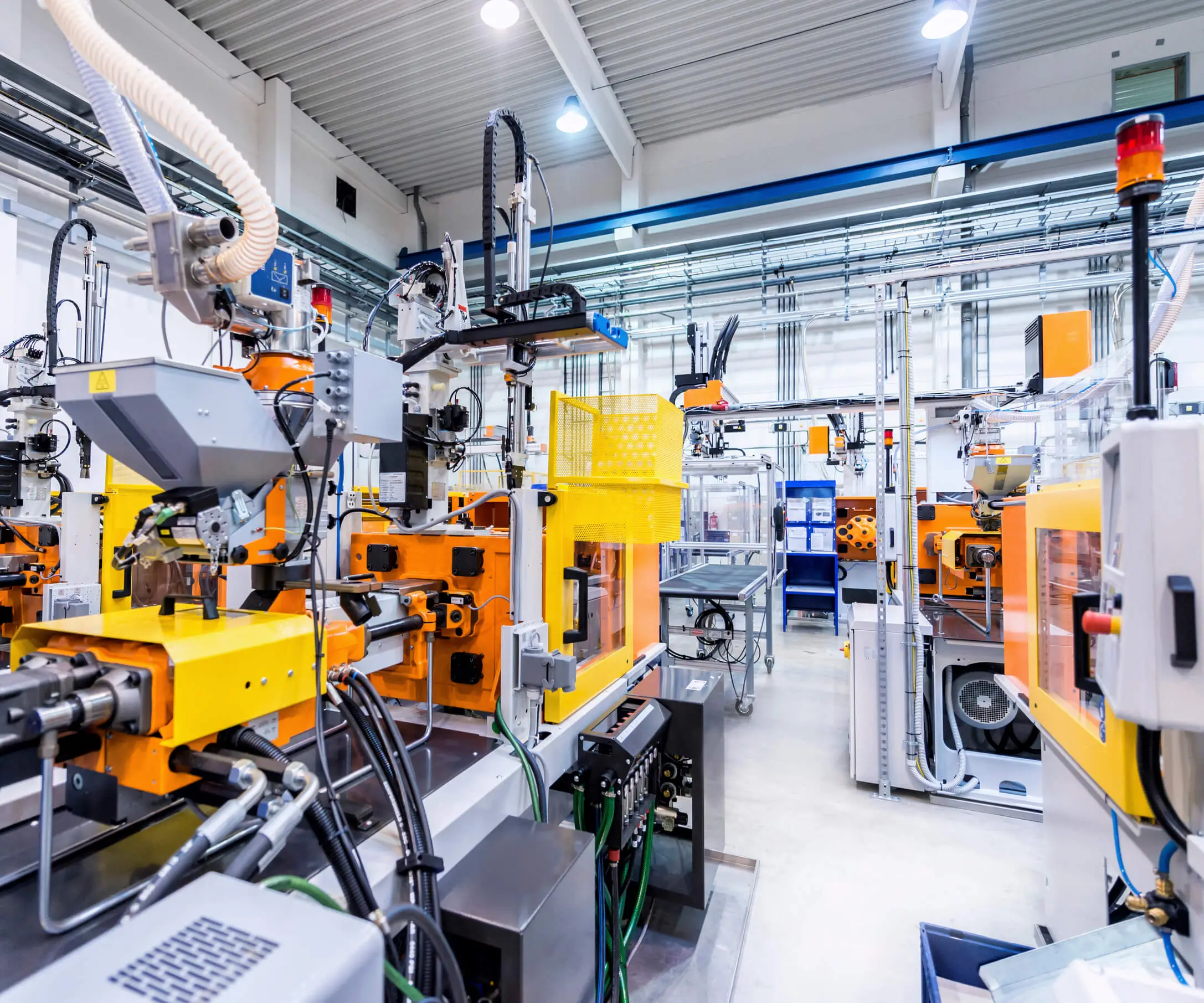When the wind rushes past and the engine roars to life, every seasoned rider knows that the thrill isn’t just in the speed, but in the harmony of control—the seamless dance between man and machine. At the heart of this dance lies an often overlooked yet critical component: the gear shift. For Yamaha, a brand synonymous with reliability, innovation, and sportsmanship, the motor gear shift isn’t merely a mechanical necessity—it’s an art form that defines the riding experience.

Yamaha’s journey into the development of motor gear shifts has always been driven by a desire to enhance rider confidence, simplify control, and optimize power delivery. From their early days of pioneering manual transmission systems to their latest advancements in electronic shifting, Yamaha has consistently set industry benchmarks. The gear shift system isn’t just about moving from one gear to another; it’s about creating a symphony where every note—every shift—is tuned for performance, comfort, and durability.
The evolution of Yamaha motor gear shifts
Before diving into contemporary innovations, it’s worth appreciating how Yamaha’s approach has gradually evolved. In the early 20th century, motorcycles relied heavily on manual, lever-operated gear systems—crude yet functional. Yamaha, founded in 1887 as a piano and musical instrument manufacturer, eventually ventured into the motorcycle realm in the 1950s. Their focus was always on crafting motorcycles that combined engineering precision with accessible riding.
In the 1960s and 70s, Yamaha introduced several models equipped with traditional manual gearboxes. These systems utilized foot-operated shift levers, which riders would manipulate in coordination with clutch operations. While effective, these early gear shifts demanded skill and precision, especially for novice riders. The challenge was to reduce rider fatigue and improve ease of shifting without compromising performance.
This challenge prompted Yamaha engineers to innovate. By the 1980s, Yamaha introduced the first of its iconic semi-automatic transmission systems—allowing riders to shift gears smoothly with minimal clutch effort. These systems laid the groundwork for what would become key features in modern Yamaha motorcycles: quick, reliable, and user-friendly gear shifting mechanisms.
Modern gear shifting technology at Yamaha
Fast forward to today, Yamaha has become a leader in integrating advanced gear shift technologies into its lineup. Whether it's their sport bikes, touring motorcycles, or off-road models, Yamaha’s focus remains on making gear shifts effortless yet responsive.
One standout innovation is Yamaha’s Y-COP (Yamaha Control) system, a keyless ignition lock, but the brand has further refined electronic control over gear shifting systems in models like the Yamaha R1 or MT series. These bikes incorporate shift-by-wire technology, where electronic signals replace traditional mechanical linkages. This allows for faster, more precise shifts, and even programmable shifting patterns tailored to riding modes and conditions.
The automatic and semi-automatic transmission systems also make their presence felt in Yamaha's lineup. For instance, the Yamaha Super Ténéré 1200 features an electronically controlled gear shift that responds instantly to rider inputs, making long-distance touring less tiring. Meanwhile, in Yamaha’s sports bikes like the YZF-R1, the shift system is engineered to handle high RPMs and aggressive riding, ensuring shifts are lightning-fast with minimal rider effort.
Designing a better shift: ergonomics and durability
Yamaha’s continuous innovation isn’t purely about technology; it’s also about the rider’s comfort and safety. The layout of shifter levers is meticulously crafted to match rider ergonomics, ensuring easy reach and reliable actuation without strain. Materials used in shift levers and linkages are selected for durability, resisting corrosion and wear even under extreme riding conditions.
Additionally, Yamaha employs advanced lubrication and sealing techniques to ensure the internal gear components remain free of dirt and moisture. This vigilance prolongs the lifespan of gearboxes and maintains smooth shifting over countless adventures.
The role of rider feedback and customization
A noteworthy aspect of Yamaha’s approach is their responsiveness to rider feedback. Many of their models feature adjustable shift levers—allowing riders to fine-tune their gear shifts according to personal preference. Some advanced models even offer selectable shift patterns, optimizing the gear engagement points for different riding styles, whether aggressive sport riding, relaxed touring, or off-road exploration.
Yamaha’s commitment to innovation is also evident in their embrace of electric and hybrid technology. As these new frontiers emerge, gear shifting systems are being reimagined to accommodate different power delivery systems, ensuring Yamaha’s motorcycles remain at the cutting edge of technology and rider satisfaction.
Leveraging innovations in modular drive technology, Kpower integrates high-performance motors, precision reducers, and multi-protocol control systems to provide efficient and customized smart drive system solutions.




































